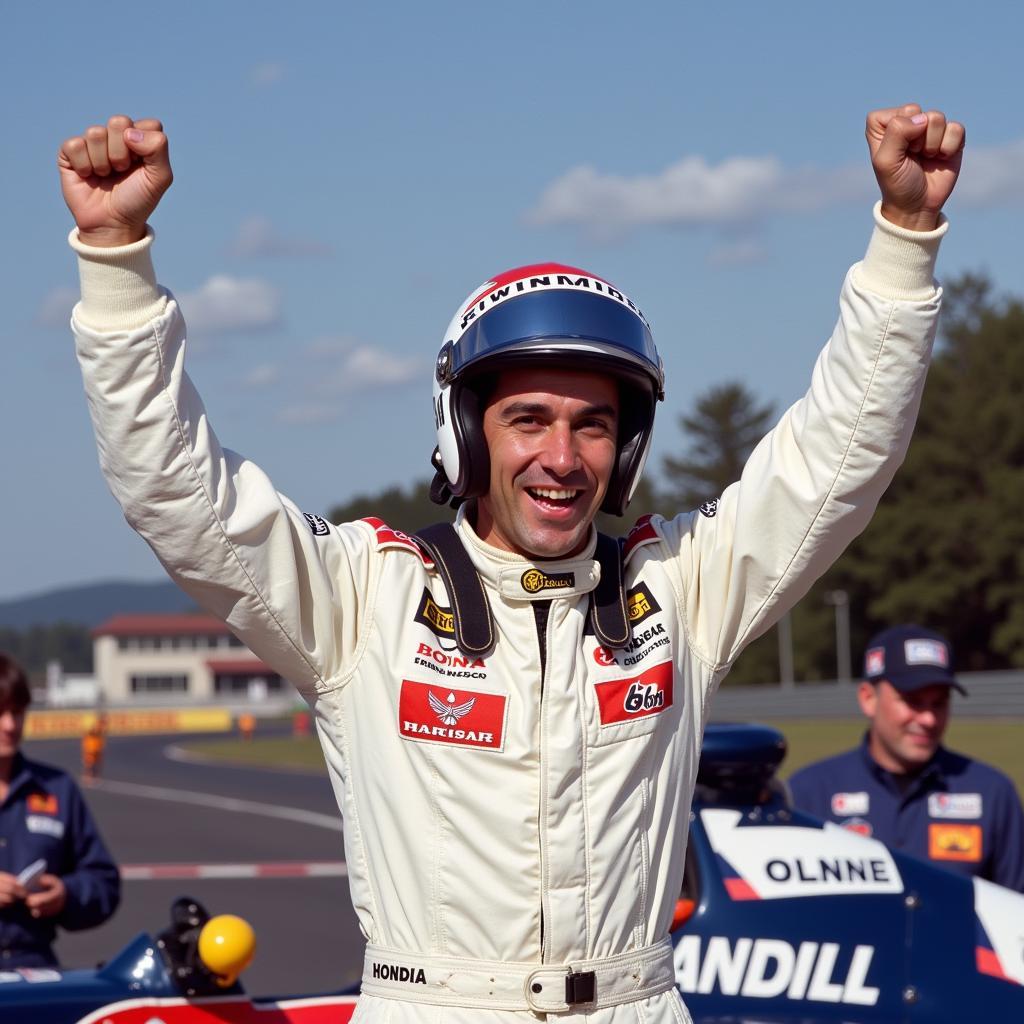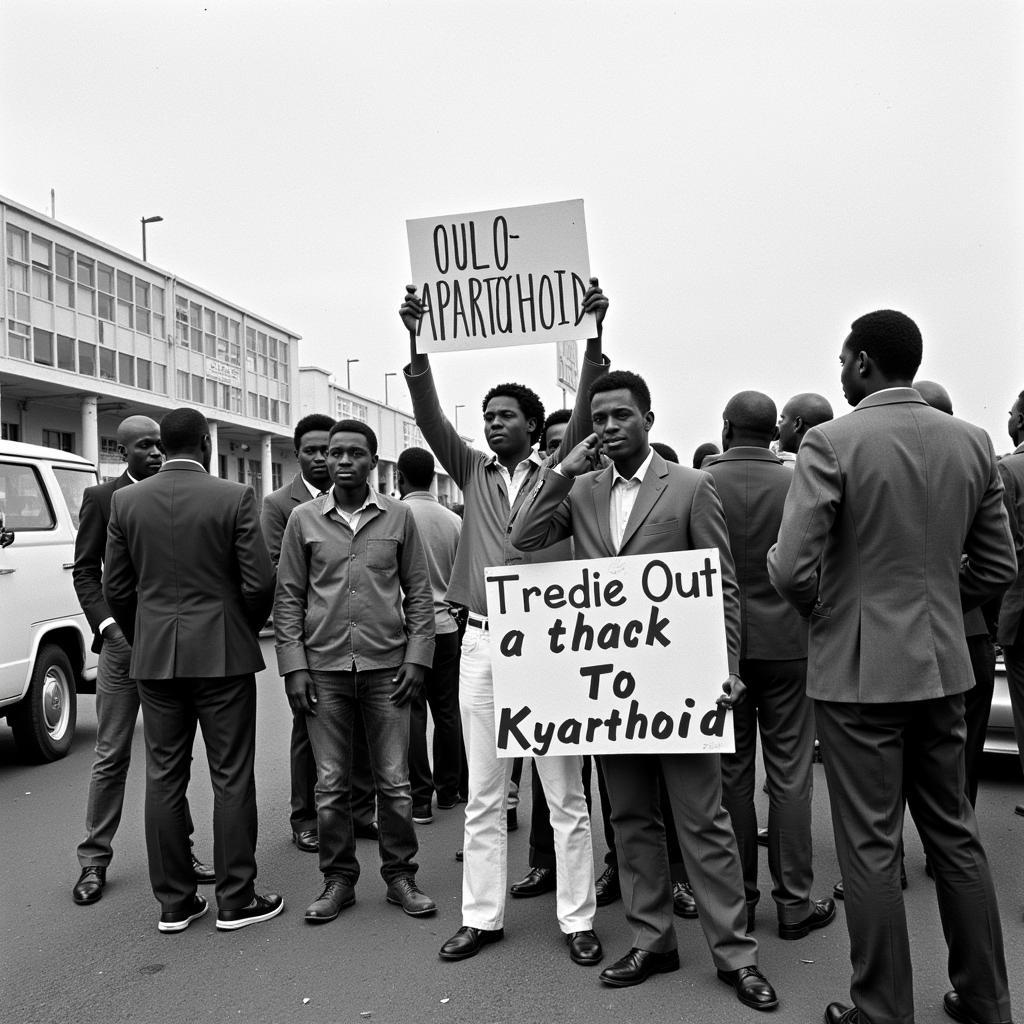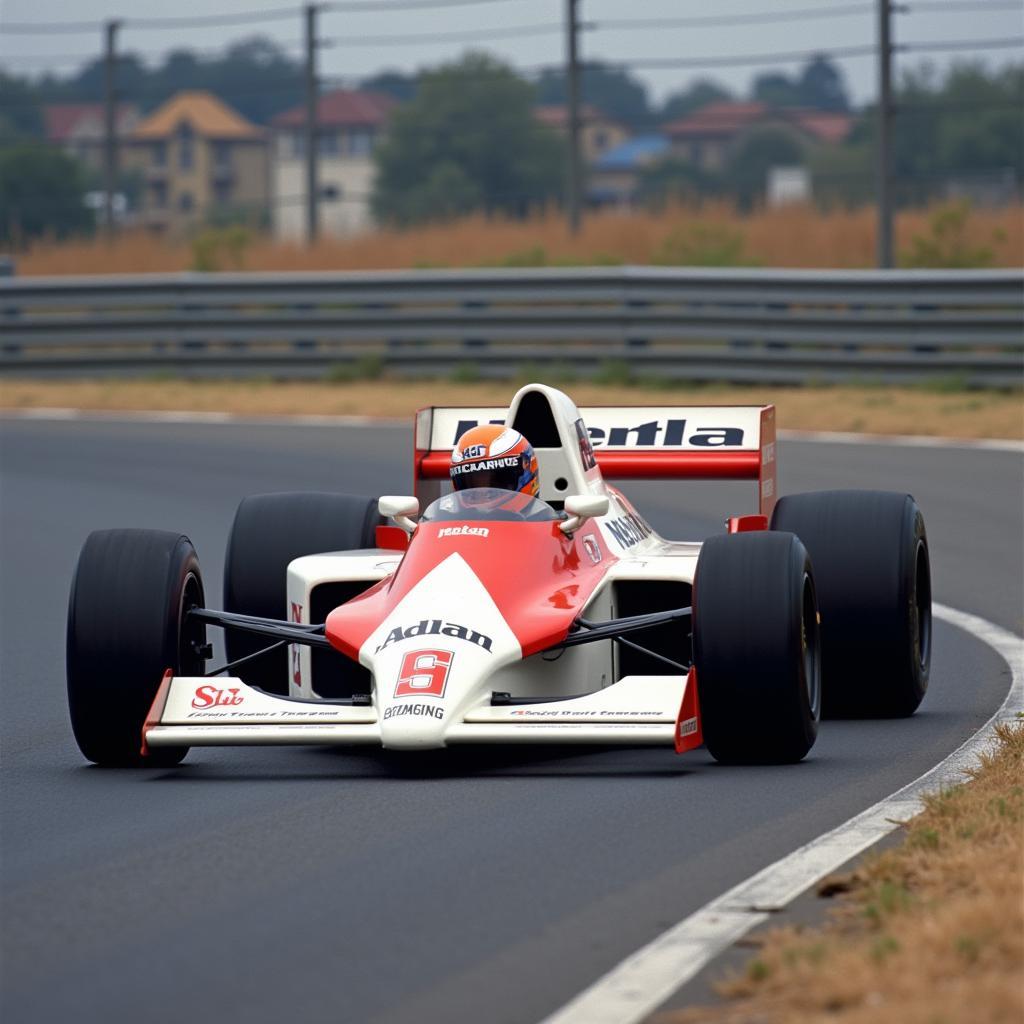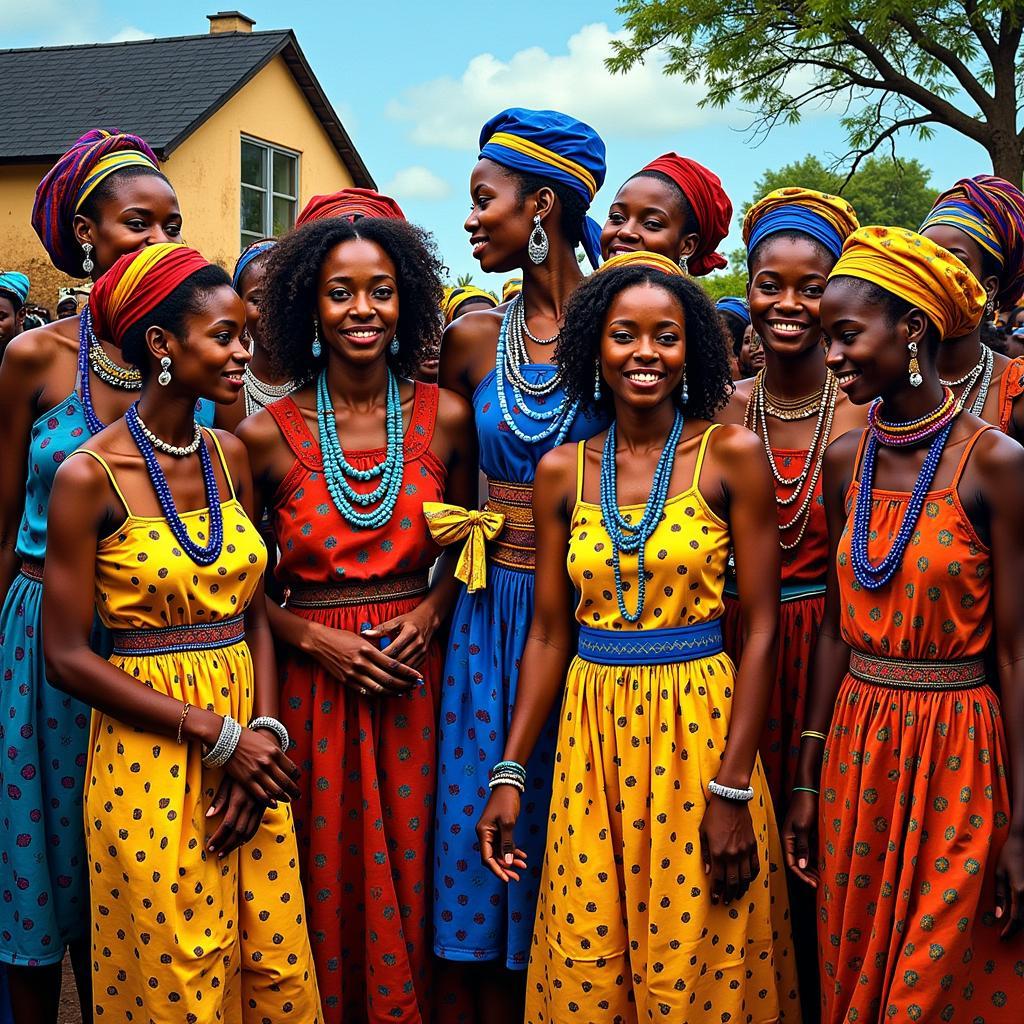1985 South African Grand Prix: A Race Against Apartheid
The 1985 South African Grand Prix was a controversial event, held against the backdrop of apartheid. This race, the final round of the 1985 Formula One season, was marked not only by intense on-track action but also by political tensions and boycotts. It was a race that tested the limits of sport against a regime of racial segregation and injustice.
The Boycott and Its Impact
The 1985 South African Grand Prix was overshadowed by a significant boycott. Several teams, including Ligier and Renault, refused to participate in the race due to the oppressive apartheid regime in South Africa. This boycott significantly impacted the grid, reducing the number of competitors and highlighting the moral dilemma faced by the sporting world. The absence of these teams sent a powerful message of protest against the South African government’s discriminatory policies.
What were the reasons for the boycott? The teams boycotting the race were protesting against the apartheid system, which enforced racial segregation and discrimination in South Africa. They believed that participating in the Grand Prix would be seen as condoning the regime’s actions.
How did the boycott affect the race? The reduced number of competitors arguably made the race less competitive. However, it also brought the issue of apartheid into sharper focus within the sporting world and beyond.
Nigel Mansell’s Dominant Performance
Despite the controversy surrounding the race, the on-track action was captivating. Nigel Mansell, driving for Williams-Honda, delivered a dominant performance. He secured pole position and led the race from start to finish, claiming his second consecutive victory at the Kyalami circuit. His masterful drive showcased his skill and determination, making him a key figure in the narrative of the 1985 South African Grand Prix.
Did Mansell face any significant challenges during the race? While Mansell dominated, he still had to contend with the challenging Kyalami circuit and the pressure of performing under the scrutiny of the world’s media. His victory was a testament to his focus and ability.
 Nigel Mansell celebrating his victory at the 1985 South African Grand Prix
Nigel Mansell celebrating his victory at the 1985 South African Grand Prix
The Political Context: Apartheid in South Africa
The 1985 South African Grand Prix was more than just a sporting event; it was a stage for political protest. The international community was increasingly vocal in its condemnation of apartheid, and the Grand Prix became a focal point for this discontent. The presence of Formula One, a global spectacle, in a country gripped by racial segregation amplified the message of resistance against the apartheid regime.
How did the Grand Prix impact the anti-apartheid movement? The race, and the surrounding controversy, brought the issue of apartheid to a wider audience. The boycott by several teams helped to raise awareness and put pressure on the South African government.
The Last Grand Prix in South Africa for a Decade
The 1985 South African Grand Prix marked the end of an era. It would be the last Formula One race held in South Africa for over a decade, as the sport joined the international boycott against the country. The return of Formula One to South Africa in 1992, after the dismantling of apartheid, symbolized the power of sport to reflect and influence social change.
Why did Formula One return to South Africa in 1992? The end of apartheid paved the way for South Africa’s reintegration into the international sporting community. The 1992 race represented a new beginning for the country and a celebration of its transition to democracy.
 Protests outside Kyalami during the 1985 South African Grand Prix
Protests outside Kyalami during the 1985 South African Grand Prix
Remembering the 1985 South African Grand Prix
The 1985 South African Grand Prix remains a significant event in Formula One history. It was a race marked by both sporting achievement and political turmoil, highlighting the complex relationship between sport and society. It reminds us that sporting events can become platforms for social change and that athletes, teams, and fans can play a role in challenging injustice.
What is the lasting legacy of the 1985 South African Grand Prix? The race serves as a reminder of the power of sport to effect social and political change. It also underscores the importance of taking a stand against injustice, even when it comes at a personal or professional cost.
 Alain Prost driving his McLaren at the 1985 South African Grand Prix
Alain Prost driving his McLaren at the 1985 South African Grand Prix
The 1985 South African Grand Prix, a race entangled with the complexities of apartheid, serves as a compelling reminder of how sport can be both a reflection of and a catalyst for social change. While Nigel Mansell’s victory stands as a testament to his skill, the boycott and the political backdrop of the race hold a more significant place in history.
FAQ
- Why was the 1985 South African Grand Prix controversial? It was held during the apartheid era and faced a boycott by several teams protesting the regime.
- Who won the 1985 South African Grand Prix? Nigel Mansell won the race driving for Williams-Honda.
- Why was it the last Grand Prix in South Africa for several years? The race was boycotted due to apartheid and Formula One did not return to South Africa until 1992.
- What was the significance of the boycott? The boycott raised international awareness of apartheid and added pressure on the South African government.
- Where was the race held? The race took place at the Kyalami circuit in South Africa.
- Which teams boycotted the race? Several teams, notably Ligier and Renault, boycotted the event.
- What was the impact of the 1985 South African Grand Prix? The race highlighted the intersection of sport and politics and contributed to the pressure against the apartheid regime.
Other related articles:
- The History of Formula One and Apartheid
- Nigel Mansell’s Career Highlights
- The Return of Formula One to South Africa in 1992
For assistance, please contact us 24/7: Phone: +255768904061, Email: kaka.mag@gmail.com, or visit us at Mbarali DC Mawindi, Kangaga, Tanzania.

